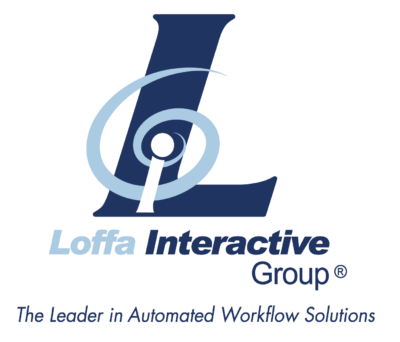Mastering SEC Rule 10c-1a and T+1 Settlement Changes: A Guide for Financial Firms
3 min read
Navigating the Intersection of SEC Rule 10c-1a and the T+1 Settlement Cycle: Proactive Preparation Unpacked
 In the labyrinth of financial regulations, the U.S. Securities and Exchange Commission’s (SEC) introduction of Rule 10c-1a emerges as a significant beacon, aiming to elevate transparency and efficiency within the securities lending market. Yet, it’s the impending transition to a T+1 settlement cycle that ignites urgency, compressing the timeline for firms to adapt. A spotlight on the insights from Kevin McNulty of EquiLend during a recent FTF News interview reveals the impending challenges and underscores the imperative of a swift, strategic response.
In the labyrinth of financial regulations, the U.S. Securities and Exchange Commission’s (SEC) introduction of Rule 10c-1a emerges as a significant beacon, aiming to elevate transparency and efficiency within the securities lending market. Yet, it’s the impending transition to a T+1 settlement cycle that ignites urgency, compressing the timeline for firms to adapt. A spotlight on the insights from Kevin McNulty of EquiLend during a recent FTF News interview reveals the impending challenges and underscores the imperative of a swift, strategic response.
The Heraclidian Challenge: Rule 10c-1a meets T+1
Rule 10c-1a’s ambitions are clear: to cast light on the opaque corridors of securities lending by mandating the reporting of precise lending data to a registered national securities association (RNSA) by 2026. This initiative aligns with the broader aim to fortify the market’s foundations, enhancing its transparency layer by layer. However, the quickened heartbeat of the market, paced by the T+1 settlement cycle, introduces a formidable test of agility and precision for involved firms.
The Vanguard’s Response: Proactive Integration
Kevin McNulty’s commentary surfaces a vital strategy in this evolving narrative — proactive preparation. The shrinking window before the T+1 implementation requires not only rapid adaptation but also a meticulously engineered approach to meld data capture and reporting mechanisms into the existing fabric of operations.
Deep Diving into the Impact Zones
For Prime Brokers: Navigating the New Terrain
- Risk Management Redefined: The essence of Rule 10c-1a for prime brokers revolves around an enhanced risk management matrix. The precise reporting mandates necessitate a revamped approach to risk assessment, involving more granular data analysis and real-time reporting capabilities.
- Operational Revamp: The marriage of Rule 10c-1a with the accelerated T+1 settlement cycle demands an operational renaissance. The traditional securities lending workflow must now be infused with advanced technological solutions to accommodate the expedited processing and reporting requirements.
For Executing or Clearing Brokers: A Dual-Edged Sword
- Compliance Complexity: Executing and clearing brokers face a labyrinth of compliance intricacies, with Rule 10c-1a adding layers to an already complex regulatory tapestry. Crafting a compliance architecture that seamlessly integrates with T+1 workflows becomes a priority, harmonizing with the swift pace of transactions.
- Technology Transformation: At the core of navigating these regulations lies the need for a technological transformation. Investing in sophisticated data management platforms and automating processes is no longer optional but a cornerstone for maintaining pace with regulatory and market demands.
A Proactive Blueprint
Engaging early with industry associations and fostering collaboration paves a path through this regulatory maze. Likewise, assessing technological infrastructures to bridge any gaps becomes crucial. In this realm, forging partnerships with seasoned technology providers like Loffa Interactive Group emerges as a strategic advantage.
Transforming Challenges into Opportunities
 The fusion of Rule 10c-1a and the T+1 settlement evolution marks a pivotal chapter for the securities lending sector. While the road ahead is fraught with challenges, it’s the firms that strategically invest in compliance, collaboration, and cutting-edge technology that will stand at the vanguard of this new era. As the clock ticks towards these regulatory milestones, the message is clear: the time for action is now. The foresighted will not only survive but thrive, setting a benchmark in the redefined landscape of securities lending.
The fusion of Rule 10c-1a and the T+1 settlement evolution marks a pivotal chapter for the securities lending sector. While the road ahead is fraught with challenges, it’s the firms that strategically invest in compliance, collaboration, and cutting-edge technology that will stand at the vanguard of this new era. As the clock ticks towards these regulatory milestones, the message is clear: the time for action is now. The foresighted will not only survive but thrive, setting a benchmark in the redefined landscape of securities lending.